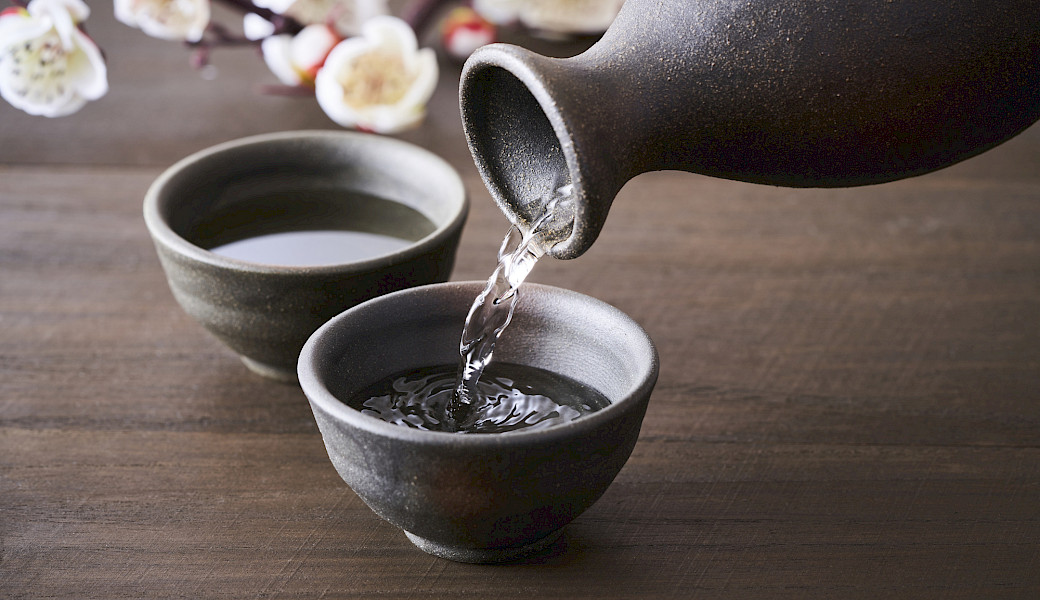
Geographic isolation and Japan's northerly position fostered a cool climate prone to high humidity and precipitation - an environment unsuitable to cultivating most grapes needed for wine production. However, the wet climate and ample water supply enabled abundant rice production. As rice cultivation expanded from western Japan eastward from the 3rd to 6th centuries AD, sake's foundations were being laid.
The Japanese placed immense symbolic value upon rice, revering it as a precious gift. Rice was synonymous with life, vitality and prosperity. This fundamental role of rice in society and diet paved the way for interest in transforming and consuming rice in various forms, including fermented rice beverages that were forerunners to modern refined sake.
The mold Aspergillus oryzae, the secret ingredient behind sake's unique flavors and aromas, grows naturally and in abundance across Japan during autumn. Japanese brewers discovered that cultivating this domestic mold, called koji, could convert rice starches into fermentable sugars. Koji became an indispensable contributor to sake.
Buddhist temples spread across Japan from the 6th century onwards. Temples became centers focused on agriculture, technology and industry, driving advances like irrigation techniques boosting rice yields. Temples also pioneered early sake production based on Chinese winemaking methods brought over by monks.
Guilds devoted to sake brewing first emerged during the Heian Period (794-1185AD). These guilds perfected the intricate, multi-step sake brewing process still followed today. Their success relied on both technique and favorable conditions, as Japan's combination of humidity and varied seasons encouraged healthy fermentation year-round.
Porcelain filters originating from China enabled the removal of solids from sake, yielding crystal clarity while preserving flavor complexity. These filters were initially expensive and scarce in Japan, making filtered sake a treasured, prestigious drink reserved for nobility through the 13th century.
Rice was not the only grain used in fermented beverages across ancient East Asia. Barley and millet contributed to drinks like huangjiu in China. However, sake made purely from rice set it distinctly apart from beverages using other grains. This specialization reflected Japan's spiritual attitudes toward rice.
The Japanese climate's high rainfall, especially during summer, promoted the growth of lush forests teeming with trees like sugi, hinoki cypress and birch. These trees were ideal for making wooden barrels to age and store sake, having a neutral aroma and resistance to leaks. Japan possessed natural resources perfectly tailored for containing and transporting sake.
From controlling groundwater seepage in rice paddies to nurturing koji mold to crafting leak-proof wooden vessels, myriad small advantages accrued to cumulatively give Japan a strong competitive edge in brewing purely rice-based alcohol compared to surrounding regions.
In this light, sake's invention in Japan should not be regarded as mere serendipity but rather as the fruition of interwoven climatic, cultural, technological and ecological realities found exclusively on the archipelago. Sake's identity resonates with the Japanese landscape itself - refined, resilient and resourceful.
Sign up to be the first to know about upcoming sales, recipes, events and more.